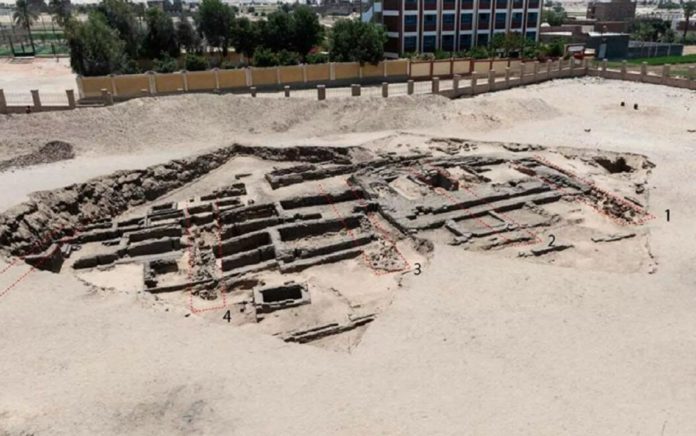A team of American and Egyptian archaeologists have discovered what might be the oldest brewery in the world. British specialists learned of its existence at the beginning of the 20th century, but until this find, they had not been able to determine its location.
The brewery was excavated from the grave, located in the ancient Egyptian city of Abydos located on the west bank of the Nile River, more than 450 kilometers south of Cairo, the current capital of the country.
- Does This Mean We Stopped Being Animal and Started Being Human Due to ‘Copy Paste’ Errors?
- The One Lifestyle Choice That Could Reduce Your Heart Disease Risk By More Than 22%
- Aging: This Is What Happens Inside Your Body Right After Exercise
- Immune-Boosting Drink that Mimics Fasting to Reduce Fat – Scientists ‘Were Surprised’ By New Findings
- Gun Violence in America: What They Don’t Talk About at the Debate
Eight structures 20 metres long and 2.5 metres wide were found during excavations, each including about 40 ceramic bowls in two rows used to heat a mixture of grains and water to brew beer, explained the Secretary-General of the Supreme Council of Antiquities, Mostafa Waziri.
Specialists date this brewery from the Pharaoh period (king of Ancient Egypt) Narmer, which ruled at the end of the XXXI century BC and is known for uniting Upper Egypt and Lower Egypt in the Early Dynastic Period (3100-2686 BC).
The factory was apparently built in this region to provide beer to the rituals with the participation of the pharaohs, since archaeologists found evidence that proves the use of this drink in the sacrificial rites of the ancient Egyptians, explained one of the co-chairs of the joint mission Matthew Adams, New York University Institute of Fine Arts.
Meanwhile, specialists keep digging to find more objects of cultural and historical interest. Thus, in January archaeologists found the remains of the Ancient Egyptian temple of Queen Neit at Sakkara near Cairo.
In November 2020, a joint Egyptian-Russian mission discovered a collection of golden dinars at the Deir al-Banat archaeological site in the Egyptian city of Fayun.
